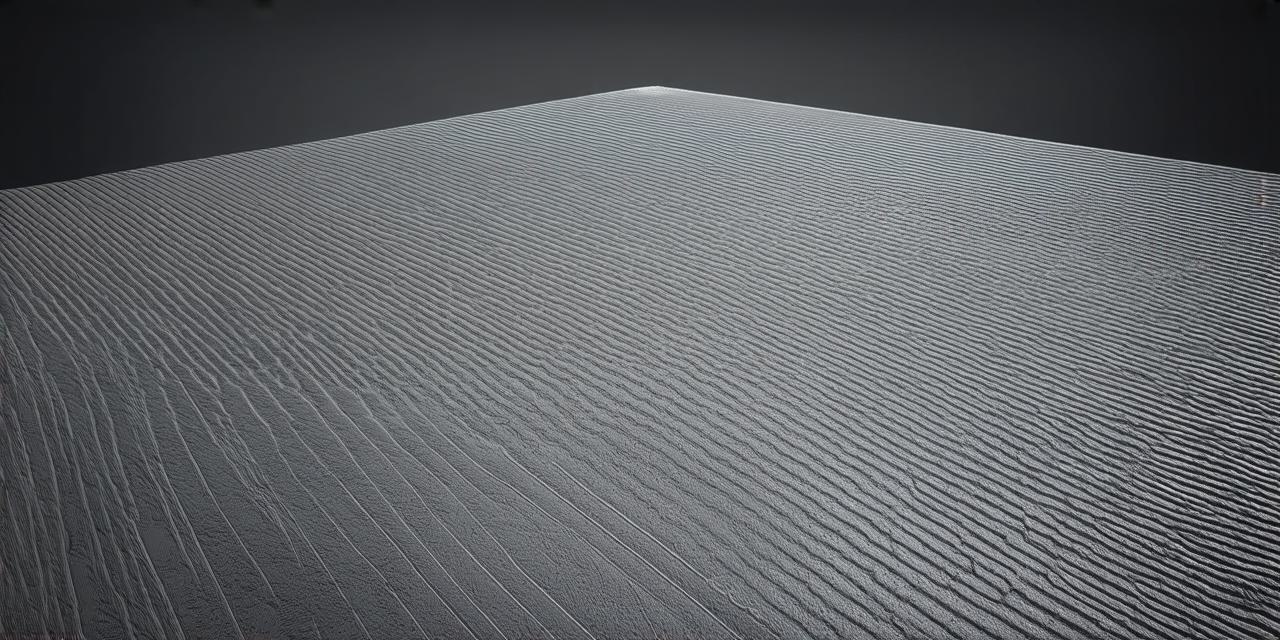Welcome, fellow Unity developers! Today, we’re diving into the fascinating world of camera raycasting. This essential technique is not just a tool for interactivity but also a powerful method to enhance your game’s immersion. Let’s embark on this exciting journey together!
What is Camera Raycasting?
Camera raycasting, in simple terms, is the process of casting rays from the camera into the game world to detect collisions with objects. It’s like a virtual fishing rod, helping us catch interactive elements in our games. The rays are essentially lines that extend from the camera’s position and direction, checking for any collisions with game objects along their path.
Why Use Camera Raycasting?
Imagine a player walking towards a door in your game. Without raycasting, they would simply walk through it as if it wasn’t there. But with raycasting, the door becomes interactive, opening up a new world of possibilities! For instance, the door could open, revealing a hidden room or triggering an event.
Getting Started
To implement camera raycasting, you’ll need to write a script. Here’s a basic example:
csharp
public class RaycastScript : MonoBehaviour
{
public float rayLength 10f;
public LayerMask layerMask; // Define the layers that can be detected by the raycast
void Update()
{
RaycastHit hitInfo;
if (Physics.Raycast(transform.position, transform.forward, out hitInfo, rayLength, layerMask))
{Debug.Log(“Collision detected with: ” + hitInfo.collider.gameObject.name);
}
}}
In this script, the `layerMask` variable allows you to specify which layers should be checked for collisions. This can help prevent unwanted interactions with objects that shouldn’t be detected by the raycast.
Tips and Tricks
Adjust the `rayLength` variable to suit your needs. A longer ray will reach further, while a shorter one will be more responsive.
Use the `Debug.Log()` function for testing and debugging.
Experiment with different layers for objects that should or shouldn’t be detected by the raycast.

Case Study: Interactive Walls
In one of my projects, I used camera raycasting to create interactive walls. By casting rays from the player’s position and checking for collisions, I was able to make the walls respond to the player’s actions, adding a new layer of immersion. For example, if the player hits a wall with their raycast, the wall could crumble or reveal a hidden passage.
FAQs
1. Why is camera raycasting important in Unity 3D? It allows for interactive elements in your game, enhancing user experience and immersion.
2. How can I adjust the sensitivity of my raycast? You can adjust the `rayLength` variable in your script.
3. Can I use camera raycasting for other purposes besides interactivity? Yes! Raycasting can be used for various purposes, such as line-of-sight detection or terrain analysis. For instance, you could use raycasting to detect if the player is standing on a platform or to create a simple obstacle course game.
In conclusion, camera raycasting is a powerful tool in Unity 3D that adds depth and interactivity to your games.
Note: The original article text was wrapped with
tags or other semantic tags as required.
